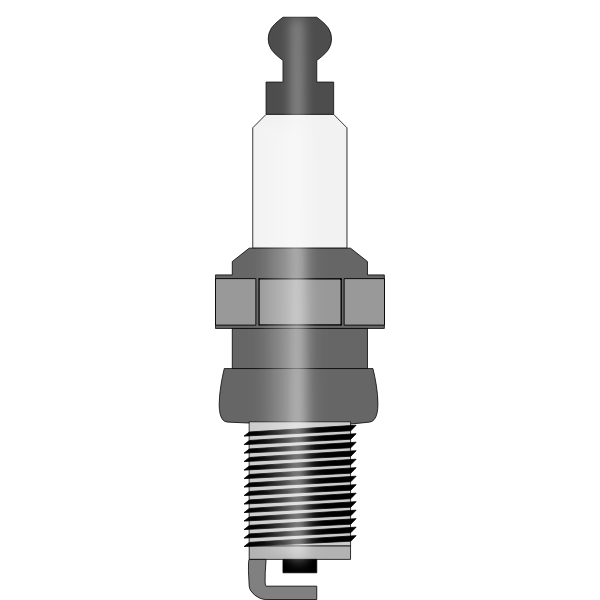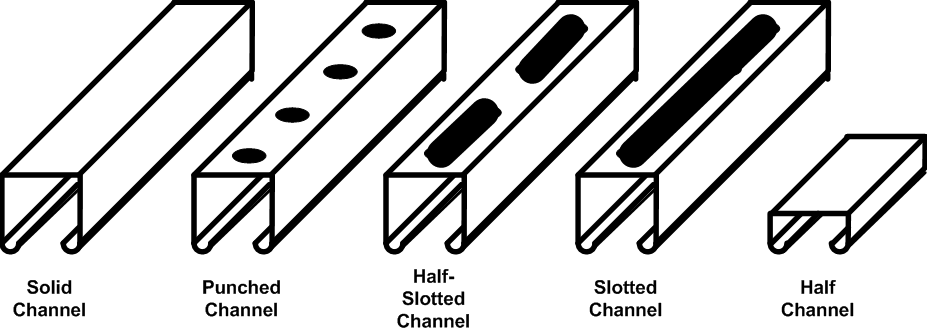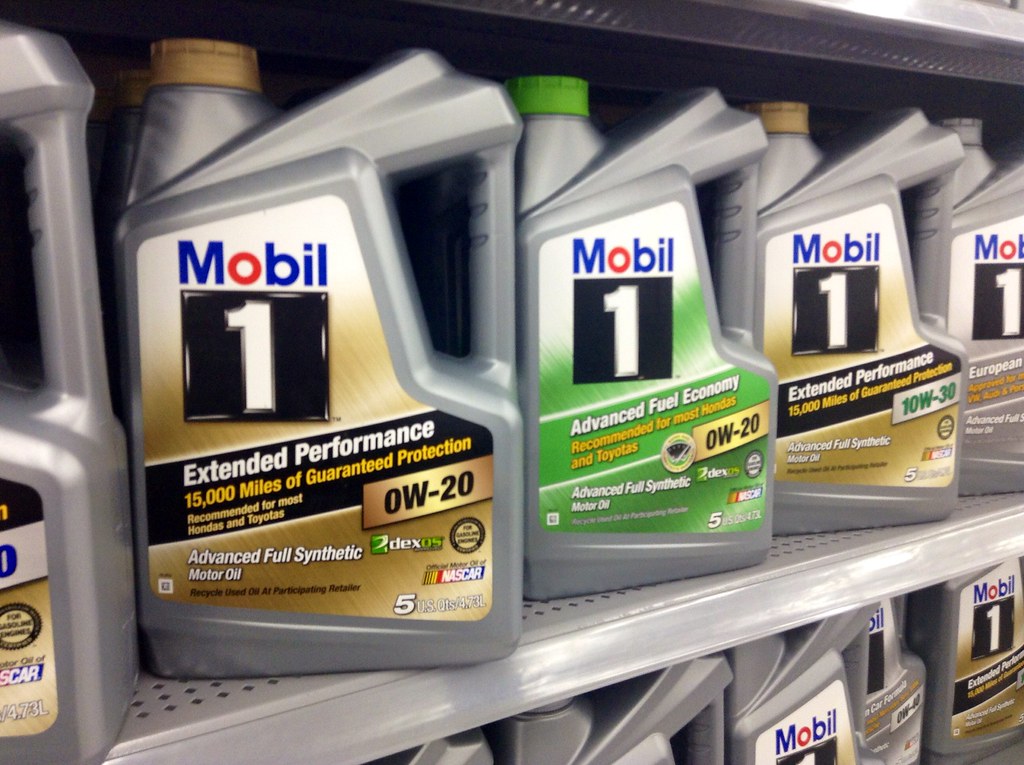1. Introduction
Climate control and air conditioning are two important components in keeping a home or office comfortable year-round, but they are not synonymous with each other—they have distinct differences that should be understood before making a decision about which system to install in your space. This article will explore the definition of climate control and air conditioning, the differences between them, the benefits of each system, the cost comparison between them, and maintenance requirements for both systems.
2. The Definition of Climate Control and Air Conditioning
Climate control is a system that is designed to maintain a comfortable temperature by regulating the amount of humidity in the air. It does this by introducing cool air when needed and removing warm air when necessary. Climate control systems can also adjust fan speed and circulation patterns to provide consistent heating or cooling throughout an area.
Air conditioning is a type of climate control system that uses refrigerant gas to cool air as it passes over an evaporator coil and then circulates it through ducts or vents into an area. It removes heat from the air while simultaneously reducing humidity levels, creating a cooler environment than what would be achieved with just climate control alone.
3. The Difference Between Climate Control and Air Conditioning
The main difference between climate control and air conditioning is that climate control only regulates temperature while air conditioning also reduces humidity levels in addition to cooling the air. This means that with an air conditioning system you can achieve lower temperatures than what would be possible with just climate control alone.
Another difference is that climate control systems use fans to circulate cooled or heated air while an air conditioning system uses refrigerant gas to cool down the air as it passes over an evaporator coil before being circulated through ducts or vents into an area.
4. Benefits of Climate Control
Climate control systems offer several benefits including improved energy efficiency, better temperature regulation, improved indoor comfort levels, reduced noise levels due to quieter fans, and improved indoor air quality due to increased ventilation rates. Additionally, they are more affordable than traditional HVAC systems since they don’t require expensive installation fees or refrigerant charges associated with some types of AC units.
5. Benefits of Air Conditioning
Air conditioners offer several benefits including improved energy efficiency compared to traditional HVAC systems since they don’t require additional energy sources like electricity or natural gas; they also reduce humidity levels which can help create a cooler environment than what would be achieved with just climate control alone; they can also help reduce noise levels due to their quieter operation; lastly, they are easy to install since most models come pre-charged with refrigerant so no additional charges are needed during installation process.
6 Cost Comparison Between Climate Control and Air Conditioning
The cost of installing either a climate control system or an AC unit depends on various factors such as size of space being cooled/heated, type of unit chosen (split-system vs window unit), brand name chosen (ease/difficulty in installation), etc., but generally speaking both types are relatively affordable options compared to traditional HVAC systems which require larger upfront costs associated with their installation process (ductwork).
7 Maintenance Requirements for Both Systems
>
Both climate controls systems and AC units require regular maintenance in order for them to continue running at optimal performance levels—this includes checking filters regularly (every three months) for dirt buildup; checking thermostat settings regularly; cleaning fan blades/coils periodically; checking electrical connections periodically; checking seals/gaskets periodically; etc., depending on type/brand chosen by homeowner/business owner).
8 Conclusion
>
In conclusion, understanding the difference between climate controls systems versus AC units is important for anyone looking for ways to keep their space comfortable year-round without breaking the bank—climate controls offer more affordable upfront costs compared to traditional HVAC systems but lack the ability reduce humidity levels like AC units do whereas AC units offer greater energy efficiency compared traditional HVAC systems but require more expensive upfront costs associated with their installation process (refrigerant charges). Ultimately it comes down personal preference based on individual needs/budget constraints when deciding which type of system best suits one’s needs best!
9 References
1) https://www.energystar.gov/products/heating_cooling/room_air_conditioners#:~:text=Room%20air%20conditioners%20are%20an%20energy%20efficient%20way%20to&text=Room%20air%20conditioners%20can%20also%,and%20dehumidify%20the%20air.
2) https://www3.epa.gov/region5/airquality/indoorairqualityguidelinesforhomeownersandrenters-january2020finalversionpdf.
3) https://www3epaorgregion5airqualityindoorairqualityguidelinesforhomeownersandrentersjanuary2020finalversionpdf.
Uncovering the Variations: Exploring the Contrasts between Climate Control and Air Conditioning
Does climate controlled mean air conditioned?
Air-conditioned storage facilities always provide constant temperature and humidity control for your goods. Air conditioned units are not. Some natural materials require a moisture control unit to prevent spoilage.
Is climate control in a car air conditioning?
What is the control of heaven? Climate control uses air conditioning but uses the cabin fan and heat generated by the engine as a means of controlling the temperature of the cabin. Climate control Sometimes climate control is basically a set-and-forget system.
What does climate control mean in car?
Climate control systems allow drivers and passengers to precisely and accurately manage the interior temperature of their vehicles. Users can select the desired temperature and watch the computer automatically change the rate and amount of cold air entering the vehicle accordingly.
What is climate control in a house?
Unlike previous systems that simply pumped air into a space climate control systems control and maintain the temperature of the indoor environment.
What is the best cooling mode in AC?
Best Mode for Summer Cooling The best fan speed setting for Cooling mode is the high fan speed. At night it is recommended to reduce to low or medium speed. The best mode of air conditioning is to choose cooling or heating mode instead of automatic mode.
What temperature is climate control?
50-80 degrees
Most climate control facilities maintain a steady temperature of 50-80 degrees. As a general rule, the temperature in a climate-controlled storage unit should not fall below freezing in the winter or rise above degrees in the summer.







